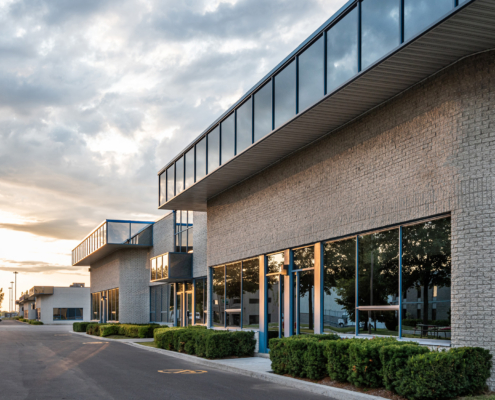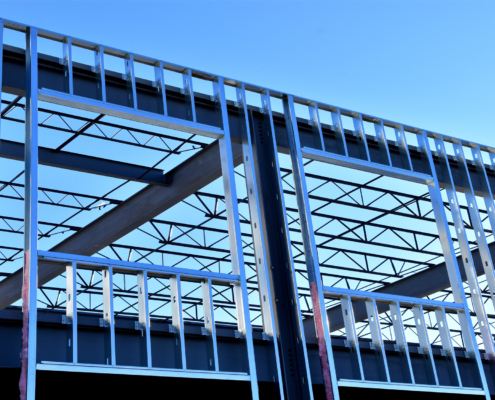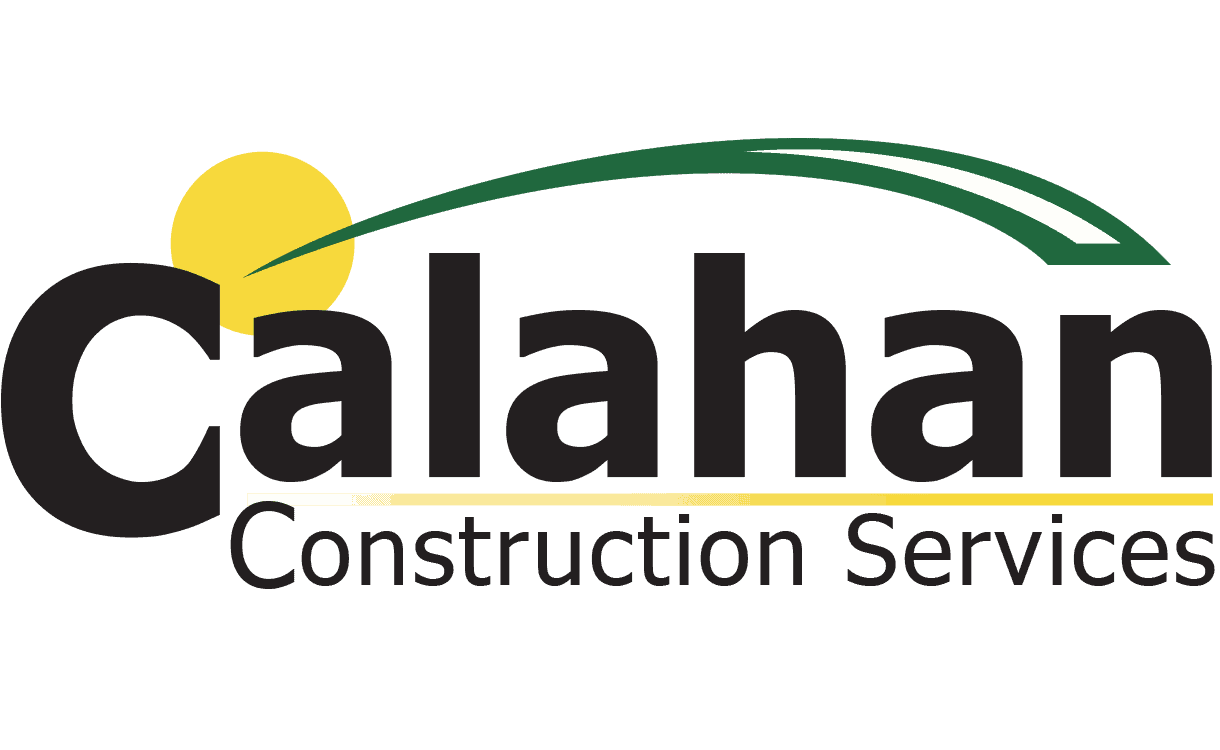 https://www.calahan.com/wp-content/uploads/2025/06/Questions-to-Ask-When-Considering-Commercial-Addition-Planning.jpg
1250
2000
AbstraktMarketing
/wp-content/uploads/2021/02/ccs_logo_full.png
AbstraktMarketing2025-06-12 14:39:562025-07-05 14:24:25Questions to Ask When Considering Commercial Addition Planning
https://www.calahan.com/wp-content/uploads/2025/06/Questions-to-Ask-When-Considering-Commercial-Addition-Planning.jpg
1250
2000
AbstraktMarketing
/wp-content/uploads/2021/02/ccs_logo_full.png
AbstraktMarketing2025-06-12 14:39:562025-07-05 14:24:25Questions to Ask When Considering Commercial Addition Planning Commercial Prefab Construction: The Complete Guide
Prefab construction has become a popular option across the construction industry for its flexible advantages. In this article, we will walk through exactly what prefab commercial buildings are, the different sizes available, industries that commonly use them, their benefits, and efficient ways to construct prefab structures. Let’s jump in!
What Is Prefab Construction?
A recent innovation, prefab construction creates engineered structures built off-site in controlled environments. They come in a dynamic range of sizes, from compact kiosks to modular offices, to expansive retail centers and healthcare complexes. The components are fabricated in factories using advanced materials and technologies, transported to the intended location, and swiftly assembled.
Common Components of Commercial Prefabricated Structures
Prefab commercial buildings comprise several standard components:
- Structural elements like steel or concrete frames form the backbone for stability.
- Wall panels, roofs, and floors are pre-fabricated with insulation, wiring, and plumbing built in for functionality.
- Modular partition systems create interior layouts, adapting to different spatial requirements.
- Exterior finishes range from cladding to glass, according to various architectural styles.
- HVAC systems, lighting, and technology infrastructure are seamlessly integrated.
- Windows, doors, and fixtures complete the building envelope.
Industries That Use Commercial Prefab Construction
- Retail: Pop-up stores, outlets, and retail centers
- Education: Classrooms, training centers, and educational facilities
- Healthcare: Clinics, labs, and medical centers
- Hospitality: Quick hotel expansions and accommodations
- Industrial: Warehouses, production spaces, and storage facilities
- Offices: Modular office spaces for various business needs
- Recreation: Easily constructed recreational and entertainment venues
- Diverse Sectors: Integration across industries for tailored and timely solutions
The Benefits of Commercial Prefab Construction
Innovation constantly pushes the boundaries of what’s possible. Prefab commercial buildings have emerged as a trailblazing solution, revolutionizing how we envision and construct spaces for various industries.
Customizability
Prefab construction redefines customization. These structures can be tailored to meet specific requirements of different industries. The nature of these structures empowers architects and designers to create versatile layouts that seamlessly adapt to evolving needs or specialized floor plans for facilities with specific purposes.
Durability and Reliability
Prefab commercial buildings are engineered with cutting-edge materials and undergo rigorous quality control processes in controlled factory settings to ensure consistency. The resulting structures boast exceptional reliability and durability, often exceeding traditional construction standards as long-lasting solutions for businesses.
Sustainability
The demand for sustainable construction practices has led to the rise of prefab commercial buildings as eco-friendly alternatives. The controlled manufacturing process reduces waste and optimizes material usage. The buildings can incorporate energy-efficient features that reduce carbon footprints, like insulation or advanced HVAC systems. With the integration of renewable energy sources like solar panels and efficient lighting, prefab commercial buildings showcase a commitment to environmental responsibility.
Speedy Construction
Time is crucial in the construction industry. Traditional construction methods often face delays due to weather, labor shortages, and other unforeseen factors. On the other hand, prefab buildings are manufactured off-site in parallel with site preparation. Once the components are ready, speedy on-site assembly minimizes disruptions and accelerates project completion. This quick turnaround helps businesses that must establish operations quickly or expand without long downtimes.
Cost-Efficiency
The efficiency of prefab construction translates into cost savings. Reduced labor and construction time have a smaller impact on the overall budget. The controlled manufacturing environment optimizes material usage, contributing to economic advantages. The process’s predictability also lowers the likelihood of budget overruns, as often associated with traditional construction projects.
Many industries and applications, including the manufacturing sector, have found prefab construction useful. Check out more in this article today.
Signs You Need to Consider Prefab Construction for Your Next Project
- Accelerated Timelines: If your project requires a quicker completion, prefab construction offers shorter lead times, enabling you to meet tight deadlines and get your business up and running faster.
- Cost-Efficiency: Prefabricated commercial buildings are often more cost-effective due to reduced labor costs and fewer construction delays.
- Sustainability Goals: Prefabricated structures can be designed with energy-efficient features, helping you meet your sustainability objectives.
- Design Flexibility: Modern prefab construction allows for versatile architectural designs, enabling you to create a unique and functional space that meets your specific needs.
- Quality Control: Prefabrication ensures consistent quality, as components are manufactured in controlled environments, reducing the risk of construction errors.
- Minimal Disruption: If you need to continue operations during construction, prefab construction is less disruptive, as much of the work is done off-site.
- Adaptability: Commercial prefab structures are easily expandable or modifiable to accommodate future changes or growth.
- Compliance and Safety: Prefabricated buildings often meet or exceed industry standards, enhancing safety and code compliance.
- Energy Efficiency: With proper insulation, these buildings can be designed to be highly energy-efficient, saving on long-term operating costs.
- Long-Term Investment: Choosing commercial prefab construction means investing in a durable, cost-efficient, and scalable solution ideal for various industries and business needs.
9 Steps to Optimizing Efficiency in Commercial Prefab Construction
For those exploring prefab, here’s how to optimize efficiency:
- Solid Planning and Design: Collaborate closely with architects and prefab manufacturers to detail objectives and needs, creating a comprehensive blueprint that smooths the process.
- Effective Communication: Foster stakeholder collaboration to address concerns promptly and prevent delays.
- Local Regulations Awareness: Learn local building codes and regulations before fabrication begins to avoid compliance issues that could slow down the process.
- Tech Integration: Utilize technology like Building Information Modeling (BIM) and project management software to enhance planning and monitoring.
- Sustainability Embrace: Choose eco-friendly materials and energy-efficient designs to reduce environmental impact.
- Optimized Site Prep: Prepare your construction site as prefab components are manufactured. Completed foundations and utilities enable immediate assembly, reducing timelines.
- Efficient Manufacturing: Partner with a quality-focused prefab manufacturer for consistent, controlled production. Also, prioritize standardized components for efficient fabrication.
- Swift Transportation and Assembly: Coordinate component transport thoughtfully, and ensure skilled teams swiftly assemble pieces on-site.
- Quality Control: Implement stringent checks at every stage to catch issues early and prevent rework, ensuring precision.
Partner With Calahan Construction for Commercial Prefab Construction Expertise
At Calahan, we excel in prefab commercial building construction, which seamlessly merges customization with efficiency to reflect diverse industry needs. Our skilled team guarantees structures that are unique, durable, sustainable, and swiftly delivered. With us, you’ll experience a redefined construction landscape. Contact our team today to get started.
Related Postings
 https://www.calahan.com/wp-content/uploads/2025/06/Questions-to-Ask-When-Considering-Commercial-Addition-Planning.jpg
1250
2000
AbstraktMarketing
/wp-content/uploads/2021/02/ccs_logo_full.png
AbstraktMarketing2025-06-12 14:39:562025-07-05 14:24:25Questions to Ask When Considering Commercial Addition Planning
https://www.calahan.com/wp-content/uploads/2025/06/Questions-to-Ask-When-Considering-Commercial-Addition-Planning.jpg
1250
2000
AbstraktMarketing
/wp-content/uploads/2021/02/ccs_logo_full.png
AbstraktMarketing2025-06-12 14:39:562025-07-05 14:24:25Questions to Ask When Considering Commercial Addition Planning  https://www.calahan.com/wp-content/uploads/2025/06/Types-of-Commercial-Building-Additions-Which-Is-Right-for-Your-Business.jpg
1250
2000
AbstraktMarketing
/wp-content/uploads/2021/02/ccs_logo_full.png
AbstraktMarketing2025-06-12 14:32:132025-07-05 14:24:26Types of Commercial Building Additions: Which Is Right for Your Business?
https://www.calahan.com/wp-content/uploads/2025/06/Types-of-Commercial-Building-Additions-Which-Is-Right-for-Your-Business.jpg
1250
2000
AbstraktMarketing
/wp-content/uploads/2021/02/ccs_logo_full.png
AbstraktMarketing2025-06-12 14:32:132025-07-05 14:24:26Types of Commercial Building Additions: Which Is Right for Your Business?
Strategies to Reduce Downtime During Your Commercial Construction Project
Commercial Constuction, Remodel/Renovation


